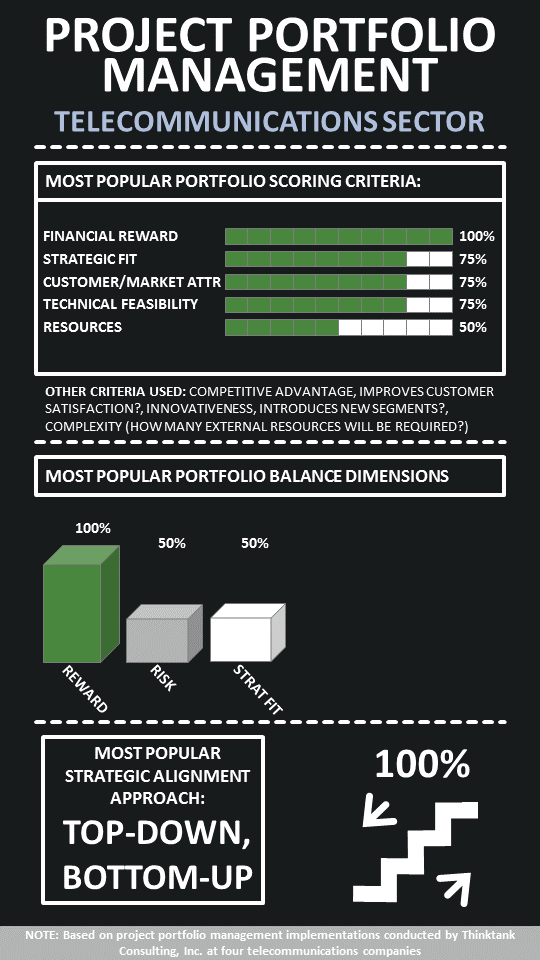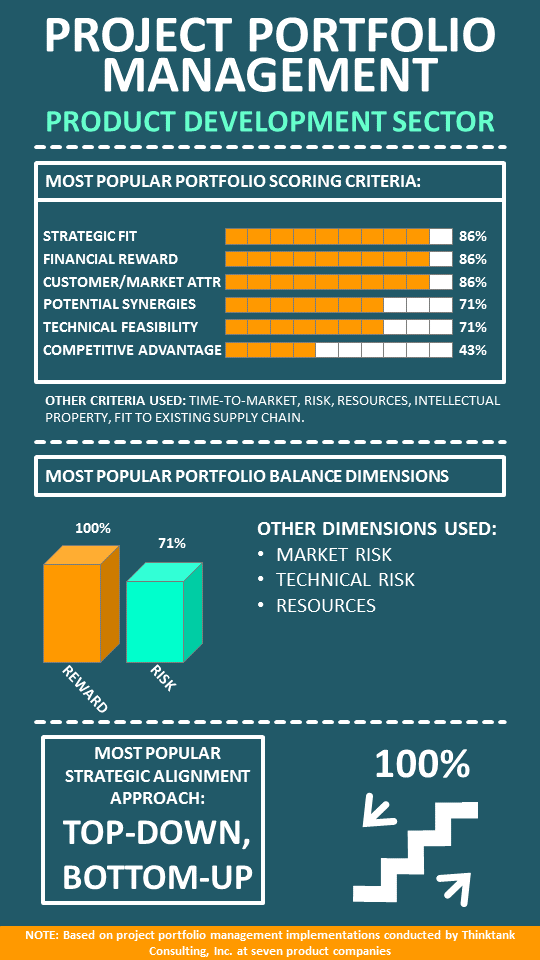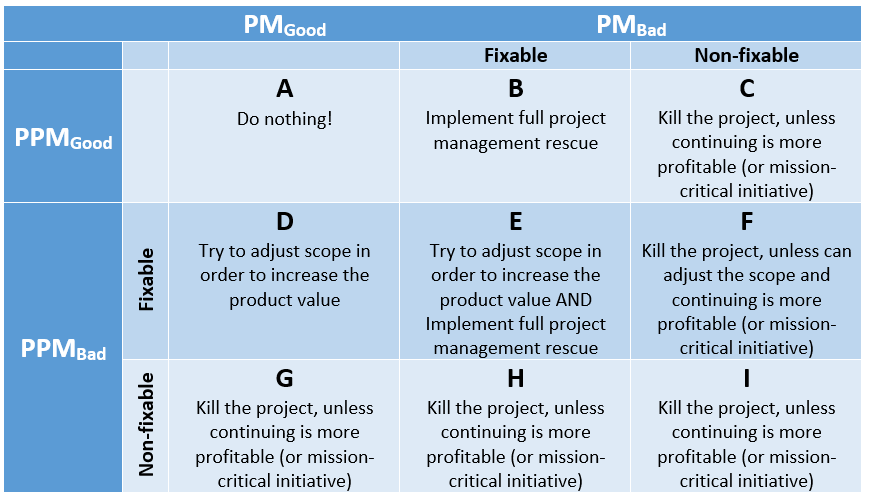Article - The Project Management Perspective: Why Do Technology Startups Really Fail?
Submitted by Jamal Moustafaev on Sun, 02/05/2017 - 17:16Introduction
If one googles this question, he will find the following reasons at the top of the list:
- Market Problems
- Business Model Failure
- Poor Management Team
- Running out of Cash
- Product Problems
I have to agree that these root causes could be attributed to the early-stage startups, but in this article I want to talk about the scenarios where venture capital companies have already examined the company and its product(s), checked for points (1), (2), (3) and (4) and still chose to finance these enterprises. Since VCs are the most experienced organizations out there in the startup assessment business, we have to assume the best vetting process possible.
My Experiences
I have worked with a lot of tech startups around the world over the course of last twenty years. All of these companies have been in the “post VC financing” stages and here are the somber facts:
- The vast majority of them failed (roughly 9 out of 10 which aligns with scientific data)
- In almost all of the cases the product, business model and cash situations were in a reasonably good shape
So, what happened?
Company grew getting more and more customers. Customers were getting bigger in size. Contracts they signed were getting larger and larger. Companies were becoming more and more profitable. And at one point of time (usually when the said organizations reached approximately US$10 million in revenues threshold) the company just couldn’t handle one of the two (and frequently both) things:
- Product development that was sophisticated enough to handle the demands of the markets
- Professional services: ability to deploy their software/hardware at the client’s site
Reason? Complete disregard to all aspects of project management and requirements engineering
And no matter how many times you would tell the C-level people
“Guys, roll up your sleeves and work harder approach does not work any more! You need to invest in project managers, business analysts and proper project management methodologies”
no one was willing to listen.




